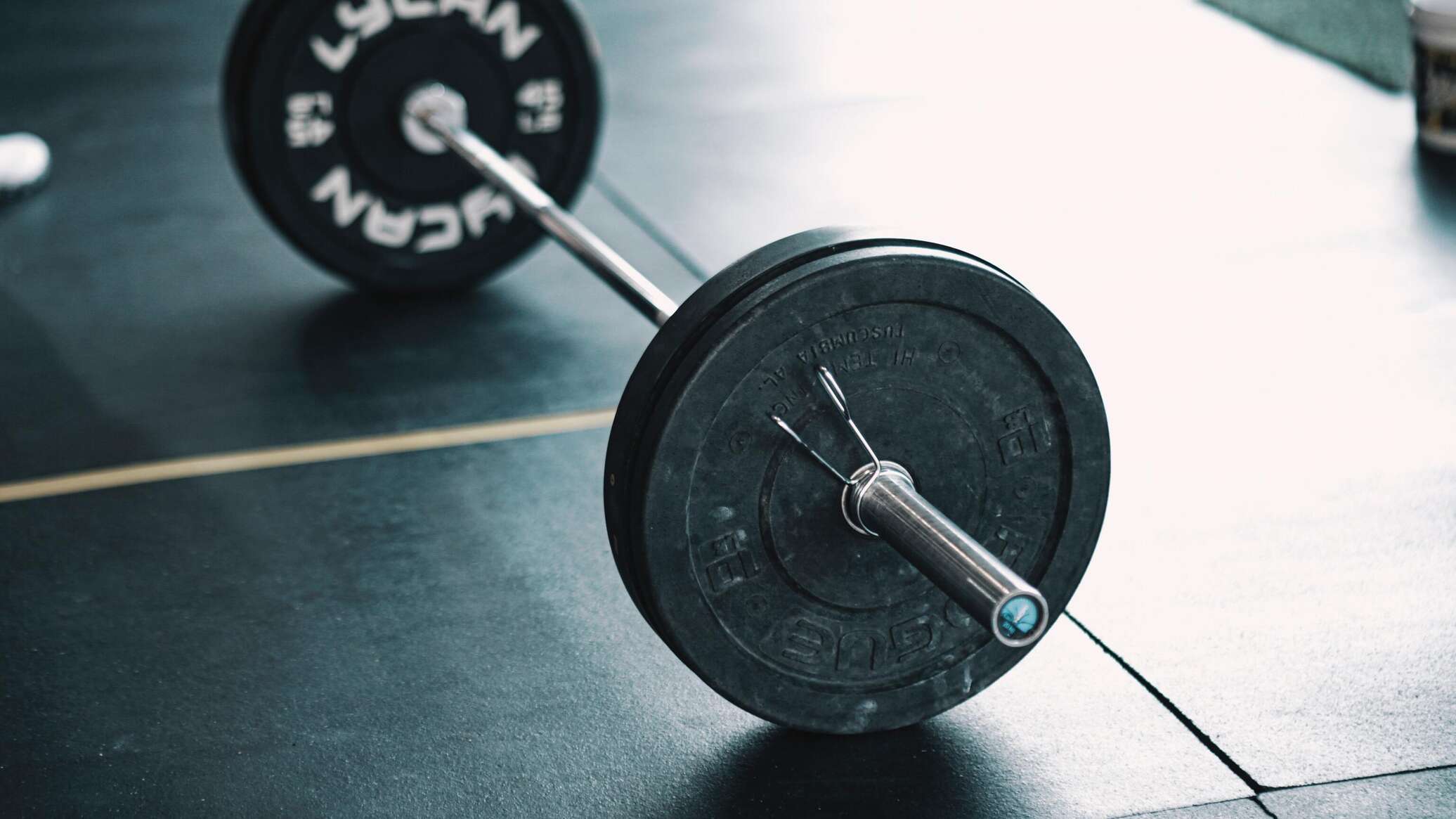If you’re serious about making progress in your fitness journey, tracking your workouts is essential. A weightlifting log app can make this task simple and effective. However, with so many apps available, how do you find the best weightlifting log app that suits your needs? In this article, we’ll break it down step by step, so you can make an informed choice and maximize your gym performance.
Why Use a Weightlifting Log App?
Before diving into how to choose the best app, it’s important to understand why you need one. A weightlifting log app allows you to:
- Record exercises, weights, reps, and sets
- Track your progress over time
- Stay organized and avoid repetitive routines
- Set goals and monitor your achievements
- Save time at the gym by planning your workouts
Using an app makes the process more efficient and gives you detailed insights into your performance, something that’s hard to achieve with pen and paper.
What Makes the Best Weightlifting Log App?
The best weightlifting log app will depend on your personal goals, preferences, and fitness level. Here are the key factors to consider:
1. Easy to Use
Look for an app with a simple interface that’s easy to navigate. You don’t want to spend more time logging data than actually working out. The best apps let you quickly input exercises, weights, and reps without a steep learning curve.
2. Customization Options
Your fitness journey is unique, so the app should allow you to customize workout plans and track the exercises that matter to you. Whether you’re focused on strength training, endurance, or bodybuilding, the app should adapt to your needs.
3. Progress Tracking and Insights
Tracking your progress is the main reason to use a weightlifting log app. The best apps provide charts, graphs, and summaries of your performance. This helps you see how much you’ve improved and identify areas that need work.
4. Pre-Built and Custom Routines
If you’re new to the gym, you might need guidance. The best apps include pre-built routines designed by fitness experts. For more experienced lifters, the ability to create and save custom routines is a must.
5. Goal-Setting Features
Setting and achieving goals is a big part of fitness. Look for an app that lets you set targets, like increasing your bench press or completing a certain number of reps. Tracking your goals keeps you motivated and focused.
6. Rest Timers and Reminders
A good app includes built-in rest timers to keep your sessions efficient. Some apps also send reminders to ensure you stick to your workout schedule.
How to Identify the Best Weightlifting Log App for You
With so many apps available, here’s how to narrow down your options:
1. Define Your Fitness Goals
Are you trying to build muscle, increase strength, or maintain fitness? Knowing your goals helps you choose an app that aligns with your needs. For example, if you’re focused on strength training, look for an app that tracks one-rep maxes and progressive overload.
2. Explore App Features
Make a list of features you need. Do you want an app that tracks body measurements or integrates with fitness wearables? Check the app’s description and reviews to see if it offers the functionality you’re looking for.
3. Consider Your Budget
Some apps are free, while others require a subscription. Free apps may have limited features, so consider investing in a paid app if it offers advanced tracking, customization, and analytics.
4. Read User Reviews
Check reviews in app stores to see what other users are saying. Pay attention to comments about usability, reliability, and customer support. The best weightlifting log app will have consistently positive feedback.
5. Test Before You Commit
Many apps offer free trials or basic versions. Try out a few apps to see which one feels most intuitive and meets your requirements. This hands-on experience will help you make the right decision.
Top Features to Look for in the Best Weightlifting Log App
To ensure you get the most value, look for an app that includes these essential features:
- Exercise Library: A database of exercises with descriptions or videos.
- Progress Visualization: Graphs or charts to track improvements over time.
- Integration: Compatibility with fitness trackers, wearables, or other health apps.
- Offline Access: The ability to log workouts even when you don’t have internet.
- Data Export: Options to export your workout history for backup or analysis.
Popular Apps to Consider
Here are some apps frequently recommended as the best weightlifting log apps:
1. Strong
- User-friendly interface
- Tracks sets, reps, and rest times
- Offers pre-built routines and customization
2. FitNotes
- Simple and lightweight
- Perfect for beginners
- Free to use with no ads
3. JEFIT
- Extensive exercise library
- Progress tracking with charts
- Includes workout plans for various fitness levels
4. HeavySet
- Designed for serious lifters
- Smart input options for faster logging
- Customizable routines
5. MyFitnessPal (with Add-Ons)
- Comprehensive fitness tracker
- Includes weightlifting features when paired with add-ons
- Tracks nutrition alongside workouts
Common Mistakes to Avoid
When choosing a weightlifting log app, avoid these pitfalls:
- Ignoring Compatibility: Ensure the app works on your device and integrates with other fitness tools you use.
- Overlooking Reviews: User feedback is crucial for spotting bugs or missing features.
- Choosing Overly Complex Apps: Advanced features are great, but if the app is too complicated, you’re less likely to use it.
- Focusing Only on Cost: While free apps are appealing, they might not have all the features you need for effective tracking.
Final Thoughts
Choosing the best weightlifting log app is an important step in your fitness journey. The right app will help you track progress, stay motivated, and reach your goals faster. By considering your needs, exploring features, and testing apps, you can find the perfect tool to support your workouts.
Start your search today and take your gym performance to the next level. With the best weightlifting log app, staying consistent and improving has never been easier.









